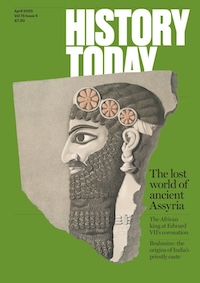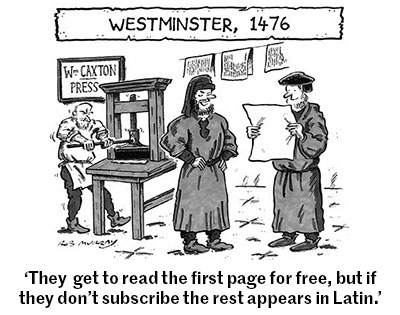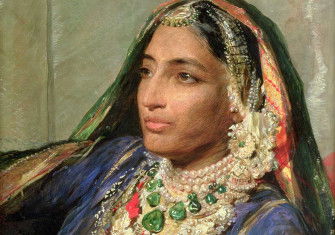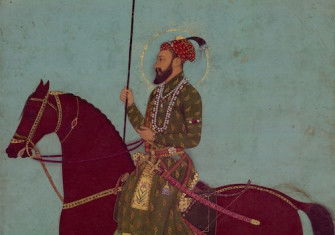Ferozeshah and the First Anglo-Sikh War
The Sikh Empire was the last strong Indian military power standing against Britain’s East India Company.
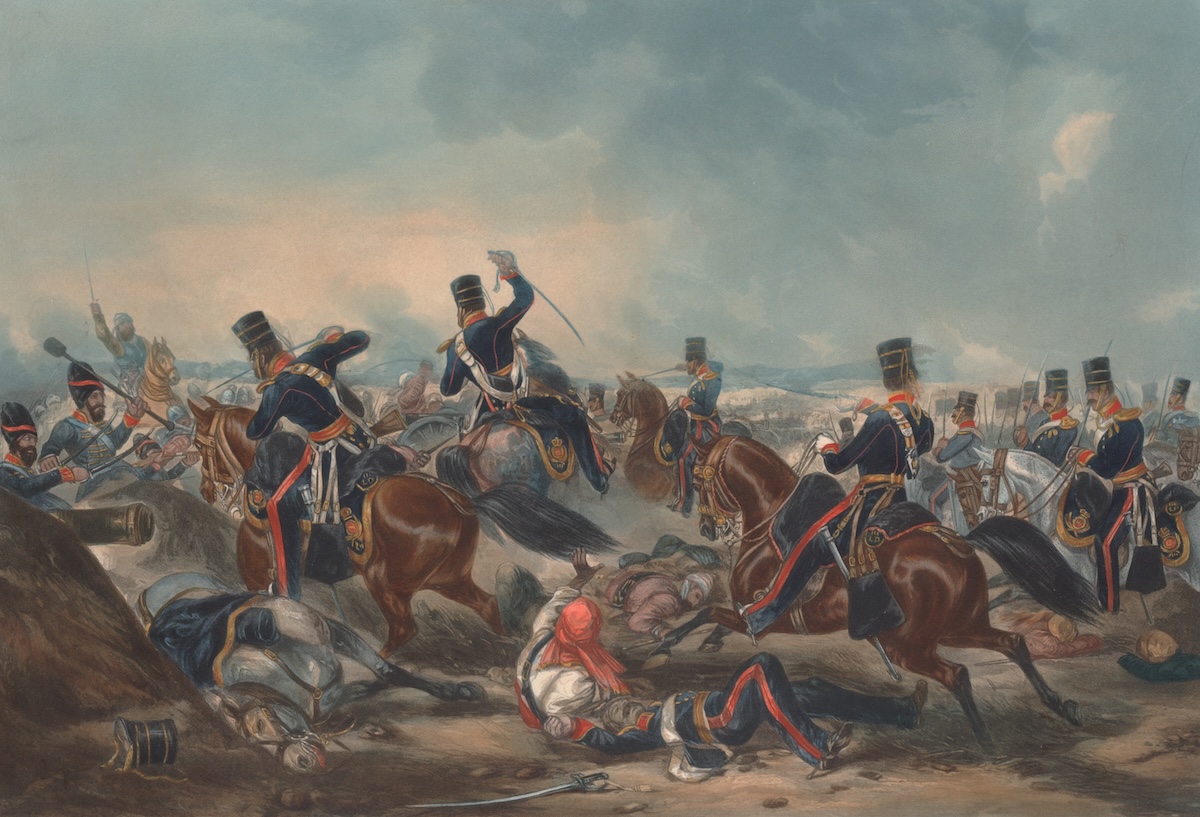
‘One more such victory and we are undone’, exclaimed India’s Governor-General, Sir Henry Hardinge, after the battle of Ferozeshah of December 21st and 22nd, 1845. In the 88 years that had elapsed since Plassey and witnessed the spread of British domination across the whole of the Indian sub-continent with the exception of the Punjab, British regular and East India Company raised regiments had been engaged in a series of wars against the ‘Country Powers’.
In most of these campaigns, climate and terrain proved more dangerous adversaries than the opposing forces, but in the last month of 1845, a well-disciplined yet highly fanatical body was encountered, capable of meeting European troops on equal terms on the field of battle; the Khalsa, or Sikh army. That the Sikhs should have reached this pinnacle of military prowess was something of an anomaly.

